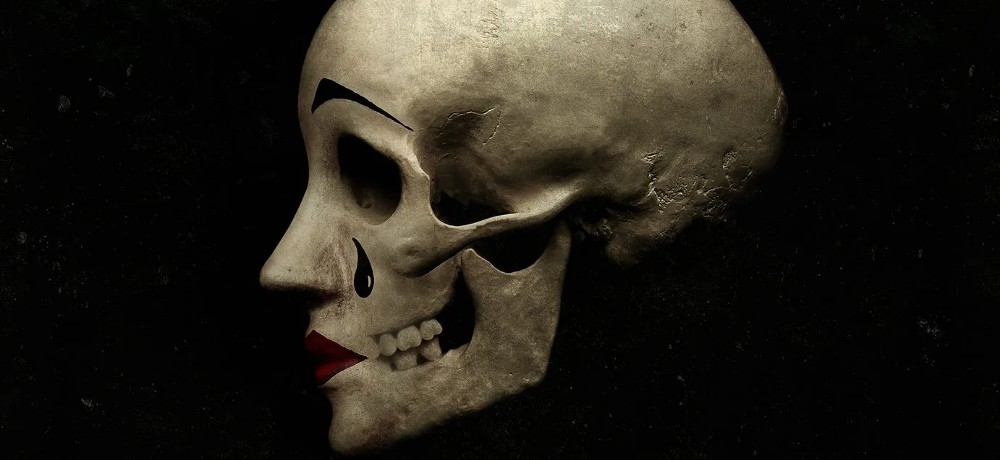


[Editor's Note: This article was written during the 2023 WGA and SAG-AFTRA strikes. Without the labor of the writers and actors currently on strike, the film being discussed here wouldn't exist.]
Color me surprised to find A Haunting in Venice is a better horror movie than a nefarious whodunit. Maybe that’s unfair because Kenneth Branagh helmed 1994’s Frankenstein starring Robert De Niro and 1991’s Dead Again — he’s no genre novice, nor does his third Agatha Christie adaptation convey as much. Christie’s lesser-discussed Hercule Poirot novel “Hallowe’en Party” becomes a chilling Italian ghost story worth more as a supernatural investigation than a private detective caper. That’s not to say Branagh challenges The Exorcist or Poltergeist in terms of scare factors — atmospheric Halloween mysticism outshines a more predictable tale of masterful deduction.
Writer Michael Green’s adapted screenplay does a splendid job of tweaking Poirot’s mission for Branagh’s second sequel. The famous Belgian investigator has retired in Venice, beckoned to a séance by his mystery novelist friend Ariadne Oliver (Tina Fey). Poirot is a man of factual reason and clear explanations, which is precisely why Oliver demands his attendance — she wants Poirot to expose medium Joyce Reynolds (Michelle Yeoh) as a fraud. He obliges, and finds himself in a supposedly cursed Venetian estate owned by Rowena Drake (Kelly Reilly), but what happens next shocks all of Drake’s guests. A fresh dead body means one of Drake’s guests is a killer, postponing Poirot’s retirement for the night.
There’s a delicious eeriness to A Haunting in Venice, from camerawork that cocks its frame in distorting angles to scattered squirm-in-your-seat spooks that hit out of nowhere. Cinematographer Haris Zambarloukos cleverly points the camera at characters askew from above, like there’s a hovering entity watching their moves — only one of the genre tricks he uses, much like a found footage inspired perspective that plants viewers in uncomfortable settings. Poirot’s desire to rationalize away the existence of souls and heavens is challenged by a morbid urban legend Rowena tells about her house’s history — dead children haunt the premises seeking revenge against medical professionals — which Branagh’s directorial vision keeps alive through feelings of dank claustrophobia as dungeon staircases spiral downward or as screams echo through barren chambers. The emotive and overacted theatrics of a whodunit are present, but even better are Branagh’s instincts as a horror filmmaker.
The architected mystery Poirot must crack is less successful, which makes A Haunting in Venice feel like two clashing movies. Green’s script adores playing around with tenets of the whodunit subgenre, but the outcome is more enticing than the puzzling chase itself. Not to throw around terms like “obvious,” but Branagh’s film often telegraphs its next moves in a way that minimizes storytelling suspense. Whatever tension exists deals with the spiritual elements of Joyce’s roundtable séance or the soothing singing voice of a little girl Poirot hears in the distance, not the deciphering of clues written in Poirot’s notebook. The film’s structure is sturdy, but the storytelling lacks revelations or jaw-dropping payoffs — a fine enough whodunit lifted by Branagh’s moody recreation of post-World War II Italy.
Films like Clue and Scream have taught us how important the players are in a worthy whodunit (yes, Scream is a whodunit) — which A Haunting in Venice ensures. Tina Fey sprinkles sarcasm into her snarky writer’s quick-witted demeanor as a comical sidekick to Poirot’s stern-faced skeptic, scoring some rather indulgent laughs. Others like Jamie Dornan as Dr. Leslie Ferrier and Kelly Reilly as Rowena Drake embody all the shifty quirks of red herrings who keep us guessing as Poirot pours over evidence. Everyone plays their parts as innocent bystanders and suspicious suspects with enough conviction to push momentum forward and raise eyebrows, even if their collective trajectory is slightly more rigid than Poirot’s most elusive assignments.
The thing is, if you already love how Branagh plays the mustache-twirly Poirot, you’ll get your ticket price’s worth.
A Haunting in Venice impresses most as an atmosphere-driven parlor show as crashing canal waves pound against a decrepit manor filling with bodies. Branagh’s eye for spine-tingling visuals is the film’s prominent strength, and its weaknesses are still competent enough to make for an enjoyably macabre investigation. You won’t be paralyzed in fear, but you’ll be sufficiently saturated in haunted aesthetics that confront heady existential terrors. Pitting Poirot against apparitions and grim lore is a nifty Halloween spin on otherwise more straightforward crimes of humanity, which helps Branagh avoid keying up just another Hercule Poirot sequel in his ongoing whodunit franchise.
Movie Score: 3/5